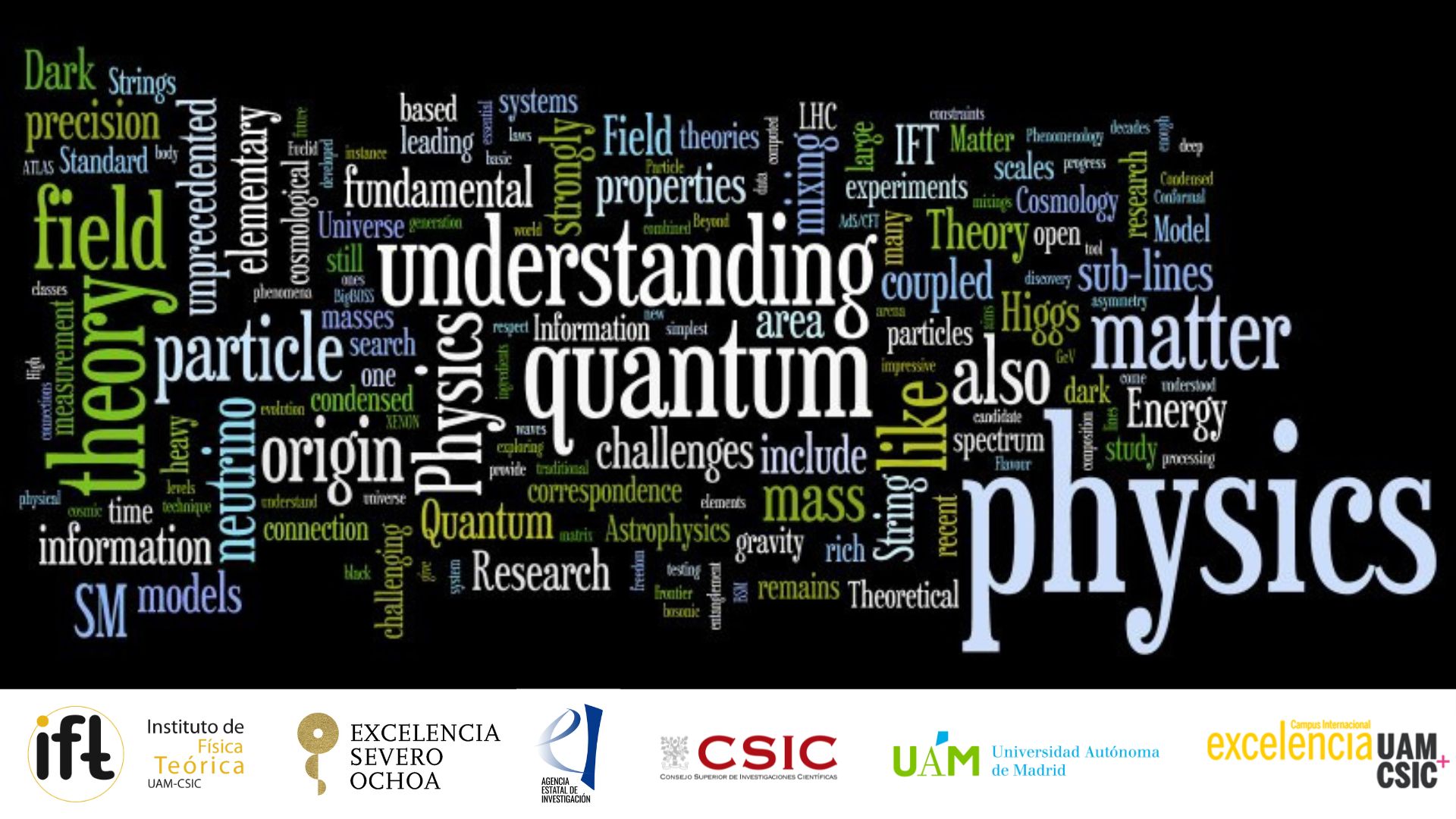Centro de Excelencia Severo Ochoa
Menú
Buscar

M-15-201
Formation of stars in galaxies is a complex multi-scale process. One of the big puzzles about star formation was that observations show that galaxies convert their gas (molecular and atomic) into stars on a time scale of ~5-10 Gyrs, which is much longer than time scales of any relevant processes in the ISM and is also considerably longer than the corresponding conversion time scale in star-forming molecular clouds. In addition, observations over the past decade showed that star formation rate in observed regular (non-star burst) galaxies scales almost linearly with molecular gas mass, with the coefficient of proportionality, the depletion time = M_H2/SFR, of about 2 Gyrs with a relatively small scatter, even though scatter is large on the scale of star forming clouds. Many galaxy formation simulations could reproduce the observed value of depletion time, but the physics controlling it, its dependence on assumptions made about star formation, and the slope of the relation was not understood. I will present results of a suite of simulations that we used to explore this behavior systematically and a simple physical model that explains the physics behind both the observed long gas depletion times in galaxies and the linear relation between molecular gas mass and star formation rate.
Social media